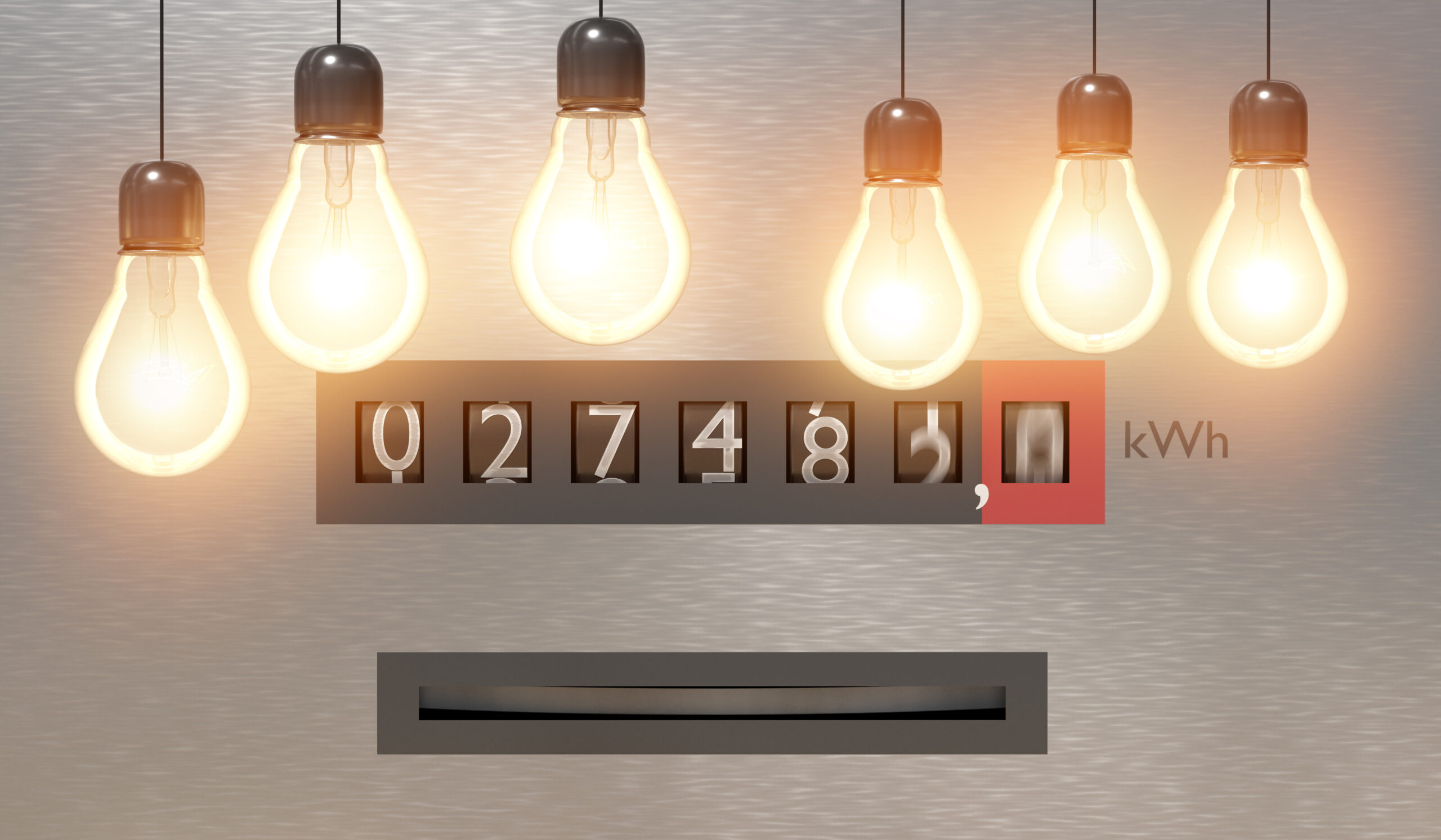Energy bills are a significant part of every household’s budget, so when they start to rise, they can put a strain on other areas of our spending. This article will look at the different factors that affect how much we pay for energy, and how they are causing prices to go up in 2023.
Contents
- Components Of An Energy Bill
- Factors Influencing Energy Prices in 2023
- Future Outlook for Energy Prices
Components Of An Energy Bill
Understanding the different charges on your energy bill will help you understand the different factors that can lead to rising prices. 2 key components on your energy bill combine to make the total amount you pay.

Consumption/Usage Charges
The usage charge is the amount you pay per unit for the electricity and gas used in your home. The retailer sets their rates and tariffs based on the price they pay for wholesale energy.
Supply/Daily Charge
The daily charge is a set fee to cover the operational costs of the retailer, including their retail margin (customer service, billing operations and energy efficiency/educational initiatives) and the distribution fee that they pay to the energy distributors for the maintenance of the transmission and distribution networks.
Factors Influencing Energy Prices in 2023
The price of energy is a complicated calculation, with many factors coming into play that can affect the usage or supply charges on your bill. Some of the biggest causes for the 2023 energy price increase are discussed below.
External Factors Affecting Wholesale Electricity and Gas Prices
The wholesale cost of energy refers to the price that the retailer pays to the energy generator for power. Different retailers pay a different amount for wholesale energy, depending on the type of contract and buying power they have.
The larger Tier 1 energy retailers, including the “Big Three” – Origin Energy, AGL and EnergyAustralia – tend to use hedging strategies to buy wholesale power. This means they lock in a set price for 12 – 24 months of wholesale energy and are less impacted by short-term fluctuations.
Smaller Tier 2 energy retailers with limited buying power, tend to buy wholesale energy on the spot market. This means they pay the current wholesale market price, so if the cost of energy goes up, they feel an immediate impact, which they may need to pass on to their customers in order to remain profitable.
In recent years the global cost of wholesale power has been shaken by supply disruptions during COVID-19 and sanctions placed on Russian oil following the invasion of Ukraine. In Australia, the domestic market has also suffered from climate-related events including bushfires and floods which have disrupted supply and forced prices up.
The Gas Export Crisis
The 2022 Gas Export Crisis continues to impact the cost of wholesale gas. Despite Australia being a major producer of natural gas, the domestic market has been left with a supply deficit as more than 80% of the gas produced is exported.
As a result, Australian retailers have no option but to buy gas at a highly inflated price from the international market, which is experiencing skyrocketing costs following the sanctions on Russian exports.
Inflation Affecting Retail Margins And Distribution Costs
2022 and 2023 have seen high inflation rates in the Australian economy. For retailers, this means an increase in their operating costs, for everything from heating offices to paying their employees. For customers, this is reflected in a higher daily supply fee as retailers struggle to balance their costs.
Similarly, distributors have been hit by inflation, meaning the cost of maintaining the pipes, poles and cables in the distribution network has increased.
Environmental Programs and Policies

Australia has committed to the Renewable Energy Target (RET), a government scheme designed to reduce greenhouse gases and encourage the additional generation of electricity from sustainable and renewable sources.
While the long-term goal of the RET is to provide cleaner, cheaper energy, there are some short-term costs involved in setting up the schemes and infrastructure needed. For example, ACT residential energy bills include fees for state government schemes and the national green scheme to meet their RET commitments.
Closing Of Coal-Fired Power Stations
As Australia transitions to renewable energy sources, a rolling closure of coal-fired power plants is taking place. Unfortunately, the closure of these large-scale plants is not coordinated with the renewable sources that are meant to replace them, leaving a gap in supply that drives prices up.
This was seen in 2017 when the Hazlewood power station closed, resulting in an 85% increase in the average price of energy in Victoria compared to the previous year.
With the remaining coal-fired plants scheduled to close in the coming year, there is likely to be an effect on energy prices for years to come.
Future Outlook for Energy Prices
The question most Australians are asking is “When will the energy crisis end?” With the market still volatile and inflation still rising, experts are divided on the short to medium-term outlook for our gas and electricity prices.
Electricity Price Projections
The increase of the Default Market Offer (DMO) in July 2023 means that electricity prices are likely to stay high for at least another year until the DMO is reviewed again in 2024. Wholesale electricity is likely to remain volatile as the global oil and coal supply continues to be affected by inflation and the sanctions on Russian exports.
In addition, the scheduled closure of Australia’s coal-fired power stations and the transition to renewable energy is predicted to have a short to medium-term impact on electricity prices. But the good news is, in the long term, renewable energy will lead to a more stable and affordable domestic electricity market.
Gas Price Projections
The forecast for gas is further muddied by the gas export crisis and the uncertainty around whether or not the government will intervene with the controversial gas trigger.
The outlook for the gas market has improved in the first half of 2023 for Australia’s eastern states, however, there is still the possibility of a shortfall for southern states which will need supplies imported from Queensland, or a limit placed on their exports, to meet winter demand.
Overall, the ACCC has found that the deficit of gas has fallen from 30 petajoules to three petajoules for 2023 so far, with an anticipated surplus of 18 petajoules across Australia during the final three months of 2023. This should help to stabilise or reduce future gas prices for 2024 and beyond.
Conclusion
There are various factors causing the rising energy prices in Australia in 2023. Global and domestic supply disruptions have driven up the cost of wholesale power, while inflation is increasing the operating costs of distributors and retailers, which are passed on to customers. In addition, the transition to renewables and the closure of coal-fired power plants continue to affect the cost of our bills.
With the short to medium-term outlook for energy prices still uncertain, make sure to stay informed and regularly compare energy bills to protect your household from rising costs.








